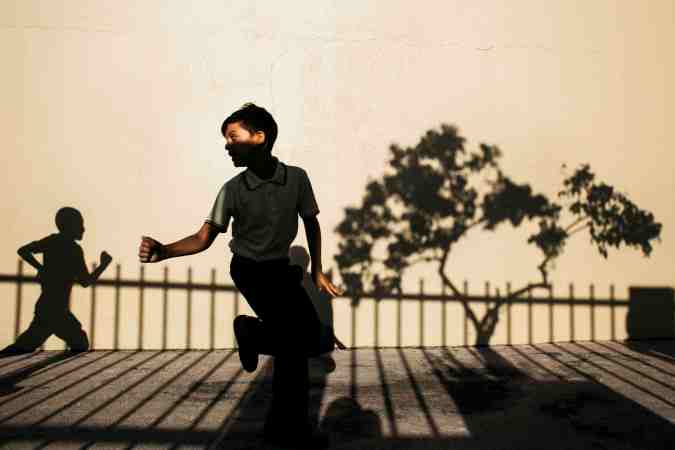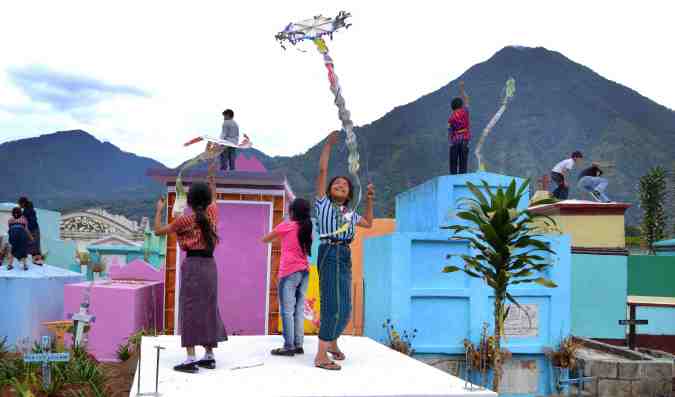Sidewalks, gardens, a school, and two churches in the South Bronx are covered in the photography of Latin American and Caribbean creatives as part of New York City’s first Latin American photo festival. Organized by the Bronx Documentary Center, the first edition of the Latin American Foto Festival serves as a bridge between the visually captivating stories of daily life in Latin America and the largely Latino population of the New York City borough.
On display until July 22, the exhibit weaves throughout community institutions in the South Bronx’s Melrose neighborhood and includes photography from Puerto Rico, Mexico, Colombia, Peru, the Dominican Republic, and Guatemala. The projects displayed encompass a wide range of subjects and realities, from the llaneros of Colombia’s eastern plains to Indigenous coca growers in Peru to Puerto Rican survivors rebuilding in the aftermath of Hurricane Maria.

“Our community is 70 percent Latino and our neighbors are hungry for more contact and representation from their home countries,” says Cynthia Rivera, the festival’s co-curator, along with Bronx Documentary Center founder Michael Kamber. “We tried our best to select photographers from countries that are deeply connected with our community and whose work reflected current realities in those countries.”
After conversations with local Latino photographers and colleagues in Latin America, Rivera and Kamber decided on projects that would project the beauty of the region, while presenting hard-hitting realities such as attacks on press freedom in Mexico and the War on Drugs in South America.
In contrast to other contemporary festivals, the Latin America Foto Festival is embedded in the neighborhood of the South Bronx, which Rivera explains was intended to make the festival more accessible to local residents. Since its opening in 2011, the Bronx Documentary Center has made its mission to democratize access to world-class photojournalism through regular gallery exhibits and after-school programs. Still, local residents may not habitually visit the gallery space, which inspired the nonprofit to bring the exhibit to the streets.

“The BDC is constantly trying to break down the walls between art and community” Rivera says. “Galleries are great, but it is on the streets and sidewalks that most interactions occur. We wanted our community to engage with the photos as they travel to school, work, and about their daily lives.”
Erika P. Rodríguez, the Boricua photographer behind The New York Times’ latest visual reporting on Puerto Rico, has her most recent work on the island’s road to recovery after the devastation of Hurricane Maria on display in the festival. The easy accessibility to these photographs, she says, can help instigate more dialogue on the issues she and fellow photographers have reported on in the stories shown. As a photographer who was personally impacted by the storm, Rodríguez aimed to reveal the level of catastrophe caused by the hurricane, but also the small moments of joy and hope amidst the suffering, as shown in one photograph of a boy returning to classes once schools reopened.
She sees it as particularly important that Bronx residents, some of which may have fled Puerto Rico themselves after the storm, can see themselves represented in the visuals she captured.
“I hope these images can add something to feeling of empowerment, of being represented,” Rodríguez says.
Due to the positive response from the community, Rivera reveals the Bronx Documentary Center is already planning for next year’s Latin American Foto Festival. Rivera adds, “We believe there is great demand to make this an annual event and include more photographers from Latin America in the future.”
Learn more about the exhibit here.




